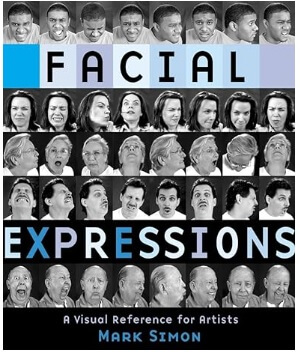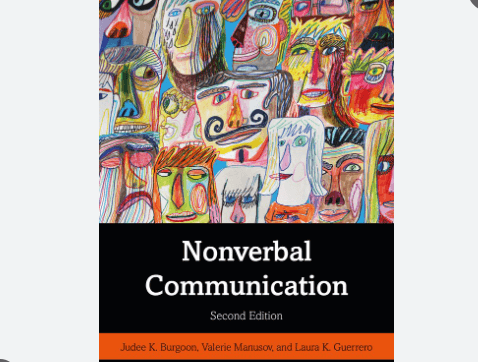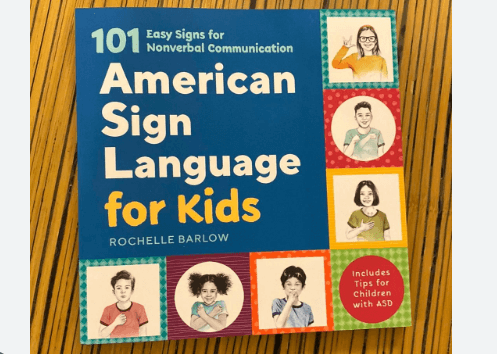Functions of Nonverbal Communication

- Article's photo | Credit Atlassian
This article explores the various functions of nonverbal communication, those unspoken signals that we send and receive through body languageOpens in new window, facial expressionsOpens in new window, tone of voiceOpens in new window, and other cues. Nonverbal communication plays a crucial role in how we understand each other, often carrying as much weight as the words we speak.
By examining how nonverbal messages interact with verbal messages, we gain a deeper appreciation for the complexities of human interaction.
How Nonverbal Cues Shape Our Understanding
Consider these examples:
- A young boy hides behind his mother while saying, "I'm not afraid of the dog."
- A woman says, "I love you," to her partner while embracing them warmly.
- A teacher asks, "Any questions?" but doesn't pause for a response before continuing.
- A child apologizes for breaking a vase with downcast eyes and slumped shoulders.
- A supervisor leans forward with a cupped ear in response to an employee's question.
In each scenario, nonverbal cues provide valuable insights into the speaker's true feelings or intentions. Let's delve into the specific functions of nonverbal communication:
Contradicting the Verbal Message:
Nonverbal cues can sometimes contradict what is being said, creating a mixed message. Imagine a student about to give a presentation, who assures everyone they're "not nervous" while visibly trembling and sweating. Their body language contradicts their words, raising doubts about their true feelings. This inconsistency can lead to confusion and hinder effective communication.
Reinforcing the Verbal Message:
Nonverbal cues can also reinforce the verbal message, emphasizing its meaning. Saying "Come here now" with a wave of the hand conveys a stronger sense of urgency than the words alone. Similarly, pounding your fist on the table while saying, "Listen to me!" adds impact to your command. These gestures, though seemingly redundant, amplify the verbal message and grab the listener's attention.
Regulating Conversation Flow:
Nonverbal cues play a vital role in regulating the flow of conversation. Eye contact, tone of voice, head nods, and subtle hand movements signal when to speak, repeat something, speed up, or end the conversation. In group settings, a chairperson might use eye contact or hand gestures to indicate whose turn it is to speak.
Complementing the Verbal Message:
Nonverbal cues can complement the verbal message by conveying the same meaning. Welcoming a guest with a warm smile, enthusiastic voice, and the words "I'm happy to meet you" creates a cohesive and positive impression. The nonverbal cues reinforce the verbal message, leaving a lasting impact.
Substituting for Spoken Words:
Nonverbal cues can even take the place of spoken words altogether. A hug offered in condolence speaks volumes when words fail us. Similarly, a wave or a thumbs-up can effectively communicate greetings or thanks. These nonverbal cues act as universally understood symbols, eliminating the need for spoken language.
Conclusion: The Power of Nonverbal Communication
By understanding nonverbal communication, we gain valuable insights into others' thoughts and feelings. These cues influence how we perceive others, whether we trust their words, and how receptive we are to their ideas. Developing nonverbal communication skills fosters stronger relationships, clearer communication, and a deeper understanding of the world around us.
























